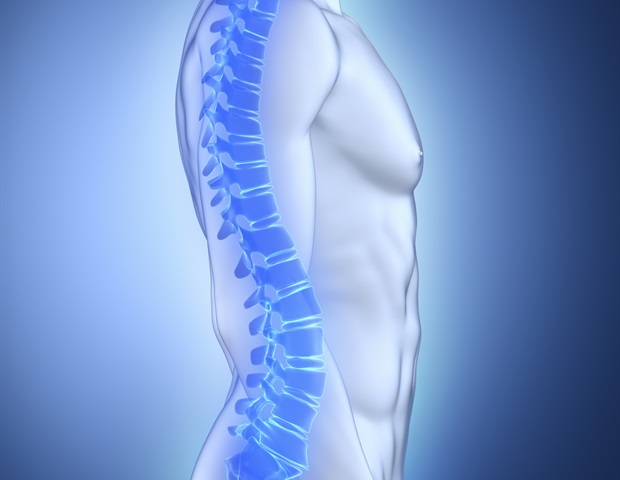Scientists have identified a protein that blocks the activity of bone-forming cells (osteoblasts) by stopping them from maturing during the journey to sites of bone formation, a new study has found.
In a paper published in Communications Biology today (Friday 11 October 2024), a team of researchers led by Dr Amy Naylor and Professor Roy Bicknell along with their team including Dr Georgiana Neag from the University of Birmingham have found that protein CLEC14A, which is found on blood vessel cells called endothelial cells in bone, block the function of bone development cells called osteoblasts.
Endothelial cell’s job during bone development is to transport immature osteoblasts to sites where new bone is needed. However, when the protein CLEC14A is also present on the outside of the endothelial cell, osteoblasts are prevented from maturing to the point where they can form bone tissue.
In this study, osteoblast cells were taken from transgenic mice that either have been bred to produce CLEC14A or not. The osteoblasts were subsequently used in vitro in an induction solution, and the team found that cells taken from the protein-free mice reached maturation after four (4) days while those in the presence of CLEC14A matured eight (8) days later. Furthermore, the CLEC14A-free samples saw a significant increase in mineralized bone tissue at day 18 in the study.
Dr Amy Naylor, Associate Professor in the School of Infection, Inflammation and Immunology at the University of Birmingham said:
“In the last decade, a specific type of blood vessel cell was identified within bones. This blood vessel is called ‘type-H’ and is responsible for guiding bone-forming osteoblasts to the places where bone growth is needed. Now we have discovered that a protein called CLEC14A can be found on the surface of type-H blood vessel cells.
In the experiments we performed, when CLEC14A protein is present the osteoblasts that were sharing a ride on the endothelial cells produce less bone. Conversely, when the protein is removed, they produce more bone.”
Dr. Amy Naylor, Associate Professor, School of Infection, Inflammation and Immunology, University of Birmingham
“This additional understanding of how blood vessel cells control bone-forming osteoblasts under normal, healthy conditions provide an avenue to develop treatments for patients who have insufficient bone formation, for example in patients with fractures that do not heal, osteoporosis or with chronic inflammatory diseases.”
Lucy Donaldson, Director for Research & Health Intelligence at Versus Arthritis:
“We know that poor bone formation is an important driver of bone damage in osteoporosis and autoimmune inflammatory arthritis. This can lead to disability, pain, and fatigue which impacts people’s lives in many ways, including their ability to work, the time they spend with family and friends, and their wellbeing.
We’re proud to have funded Dr Naylor’s research which has improved our understanding of bone formation and remodeling. We hope these findings will eventually lead to new treatment approaches for people with musculoskeletal conditions.
Whilst these findings are promising, we won’t rest until everyone with arthritis has access to treatments and interventions that let them live the lives they choose.”
Source:
Journal reference:
Neag, G., Lewis, J., Turner, J. D., Manning, J. E., Dean, I., Finlay, M., Poologasundarampillai, G., Woods, J., Sahu, M. A., Khan, K. A., Begum, J., McGettrick, H. M., Bellantuono, I., Heath, V., Jones, S. W., Buckley, C. D., Bicknell, R., & Naylor, A. J. (2024). Type-H endothelial cell protein Clec14a orchestrates osteoblast activity during trabecular bone formation and patterning. Communications Biology, 7(1).
Source link : News-Medica

